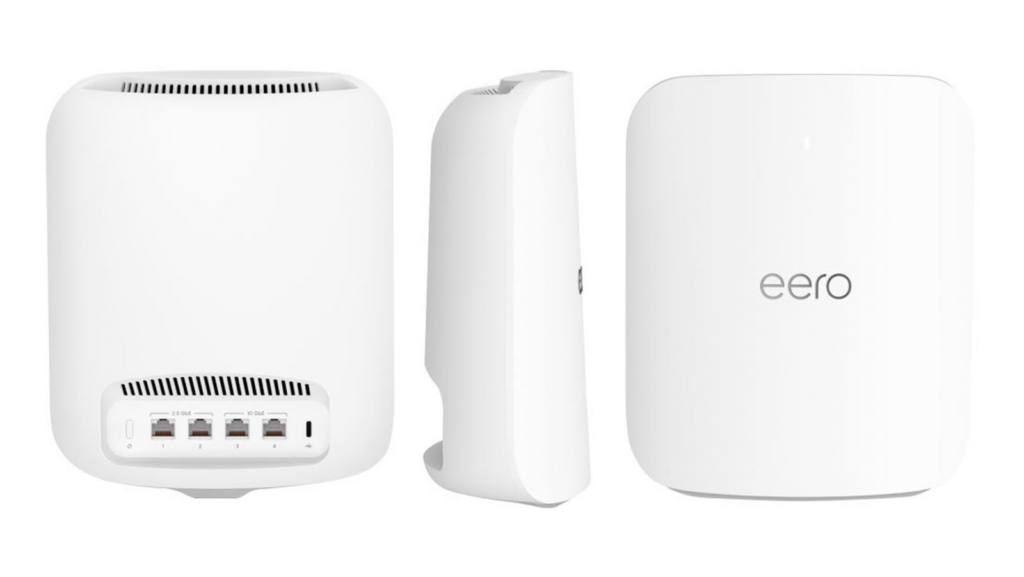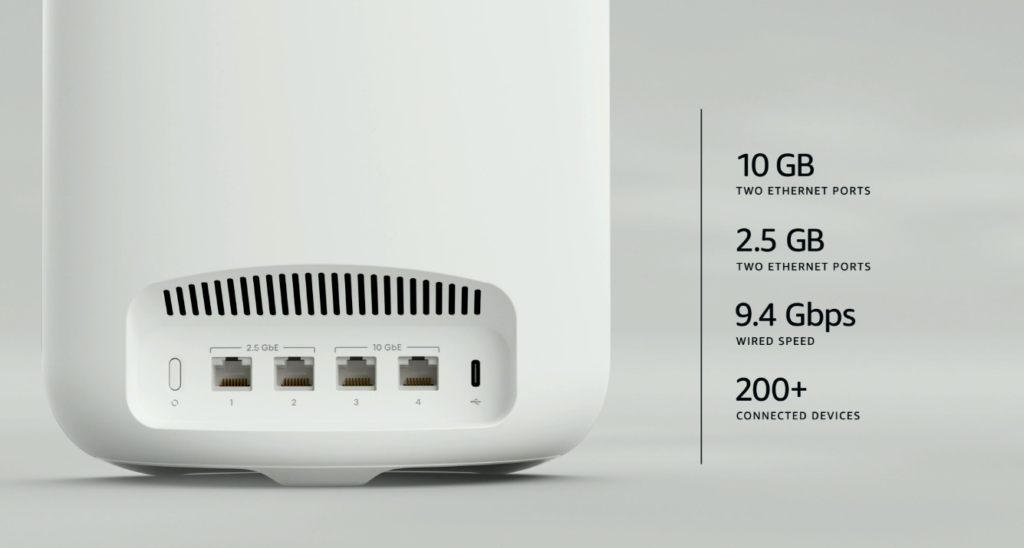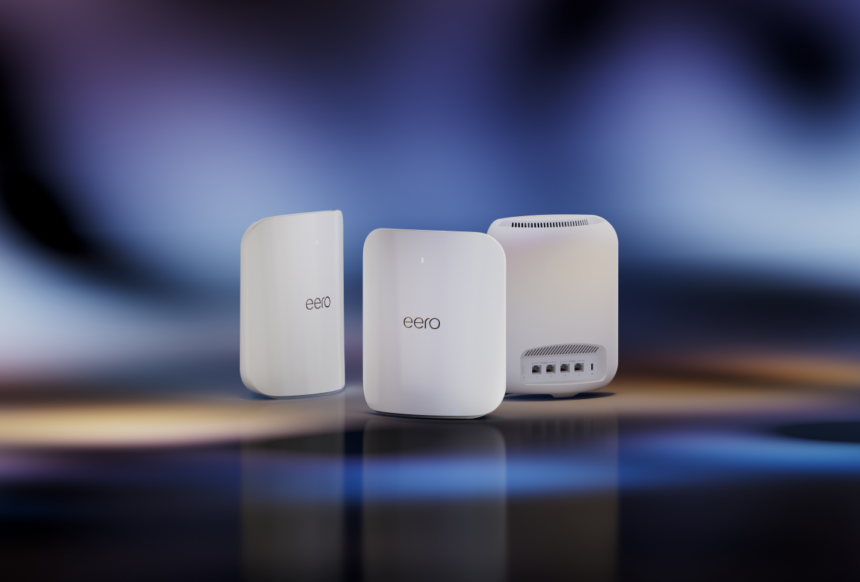In home networking, achieving seamless, wall-to-wall Wi-Fi coverage is the Holy Grail. At TF, we’re advocates for cutting-edge technology, I am always questing for the “perfect” network setup. My journey led me to deploy four eero Pro 6E units across a TF test site (~5,500 sq. feet). Internet service is provided by a symmetric 1 Gbps fiber connection. However, the advent of the eero Max 7 piqued my curiosity. Could this be the upgrade that propels my home network into a new echelon of connectivity? This review delves into my upgrade process, evaluates the design and new features of the eero Max 7, and compares its improvements over the 6E Pro.
A Little about eero
Candidly, I am not new to eero. eero has been my wifi system of choice since the first product release in _______. eero — a San Francisco-based startup founded in 2014 — on the principle that connecting to Wi-Fi should be easy and dependable as accessing electricity or water. eero aims to eliminate poor coverage, dead zones, and complex setups. eero specializes in mesh Wi-Fi systems that utilize multiple access points to create a single, expansive network blanket. eero systems optimize speed and coverage based on your unique usage patterns and home layout. Add user-friendly design and robust security features, eero systems auto-magically maintain your home Wi-Fi’s health. eero is now a subsidiary of Amazon — part of the online retailer’s smart home services.
Design and New Features
The eero Max 7 retains the sleek, minimalist design ethos of its predecessors. The look blends effortlessly into home decor. However, it’s under the hood where the Max 7 truly distinguishes itself. The device introduces several technical enhancements that delivers higher data rates, lower latency, and improved efficiency in almost every environment.

One notable feature is the additional 4-port switch — highly demanded across predecessor models — that meets competing manufacturers. Another features is Multi-Link Operation (MLO). MLO allows the Max 7 to utilize multiple frequency bands simultaneously. This ensures more reliable connections and optimizes bandwidth usage — a massive advantage for homes with numerous connected devices, users, and a variety of demands — simultaneously.
Moreover, the Max 7 units are equipped with more powerful antennas and upgraded internal hardware, providing broader coverage and reducing the need for additional satellite units. This is particularly advantageous for sprawling homes or properties with outdoor spaces requiring connectivity.

The Upgrade Process
Transitioning from the eero Pro 6E to the Max 7 was a venture I approached with optimism. The Pro 6E setup had served me well, offering robust coverage across my multi-story home and the remote building on my property. The primary question was whether the Max 7 could justify its installation through tangible improvements.

Upgrading involved a straightforward process, thanks to eero’s user-centric design philosophy. The eero app guided me through the setup, recognizing my existing network configuration and suggesting optimal placements for the Max 7 units based on the architecture of my home. The transition was seamless, with minimal downtime, preserving my network settings and preferences.
Improvements, Challenges and Drawbacks
While the upgrade process was mostly smooth, it wasn’t without its challenges. The Max 7 units, boasting a more powerful hardware setup, also come with a heftier price tag. For users already satisfied with their current eero setup, the cost-benefit ratio deserves careful consideration.
Another consideration is the compatibility with Wi-Fi 6E devices. The Max 7’s leap into Wi-Fi 7 technology offers future-proofing benefits. Yet the full potential of the system can only be unleashed with Wi-Fi 7-compatible devices. This presents a temporal drawback, as the device ecosystem catches up with the new standard. Compared to the eero Pro 6E, the Max 7 offers several key improvements. Firstly, the leap to Wi-Fi 7 technology equips the Max 7 with the capability to support the next generation of ultra-high-speed internet services, beyond the 1 Gbps fiber service I currently utilize.
The Max 7 also improves upon the already impressive range and coverage of the 6E Pro, reducing dead zones and providing more consistent speeds across the entirety of the property. The enhanced processing power ensures smoother performance under heavy load, making it ideal for bandwidth-intensive activities like 4K/8K streaming, online gaming, and large file transfers.
t/f Summary: Yea or Nay
The eero Max 7 stands as a testament to the relentless progress in home networking technology. For those seeking the cutting edge of Wi-Fi performance, with an eye toward future-proofing their home network, the Max 7 represents a compelling upgrade. Its advancements in speed, coverage, and technology standards set a new benchmark for what’s possible in home connectivity.
However, the transition to Wi-Fi 7 is as much about timing as it is about technology. For current eero Pro 6E users with optimal performance, the leap to Max 7 is more of an investment in future capabilities than an immediate necessity. Yet, for tech enthusiasts like myself, who revel in harnessing the latest advancements, upgrading to the eero Max 7 has been a rewarding step towards building the most robust and future-ready home network possible.
As connection dependency of our homes continues to evolve, the eero Max 7 embodies forward-looking application that drives the tech industry forward. It’s not just about staying connected; it’s about paving the way for the next wave of digital innovation to seamlessly integrate into our lives.


